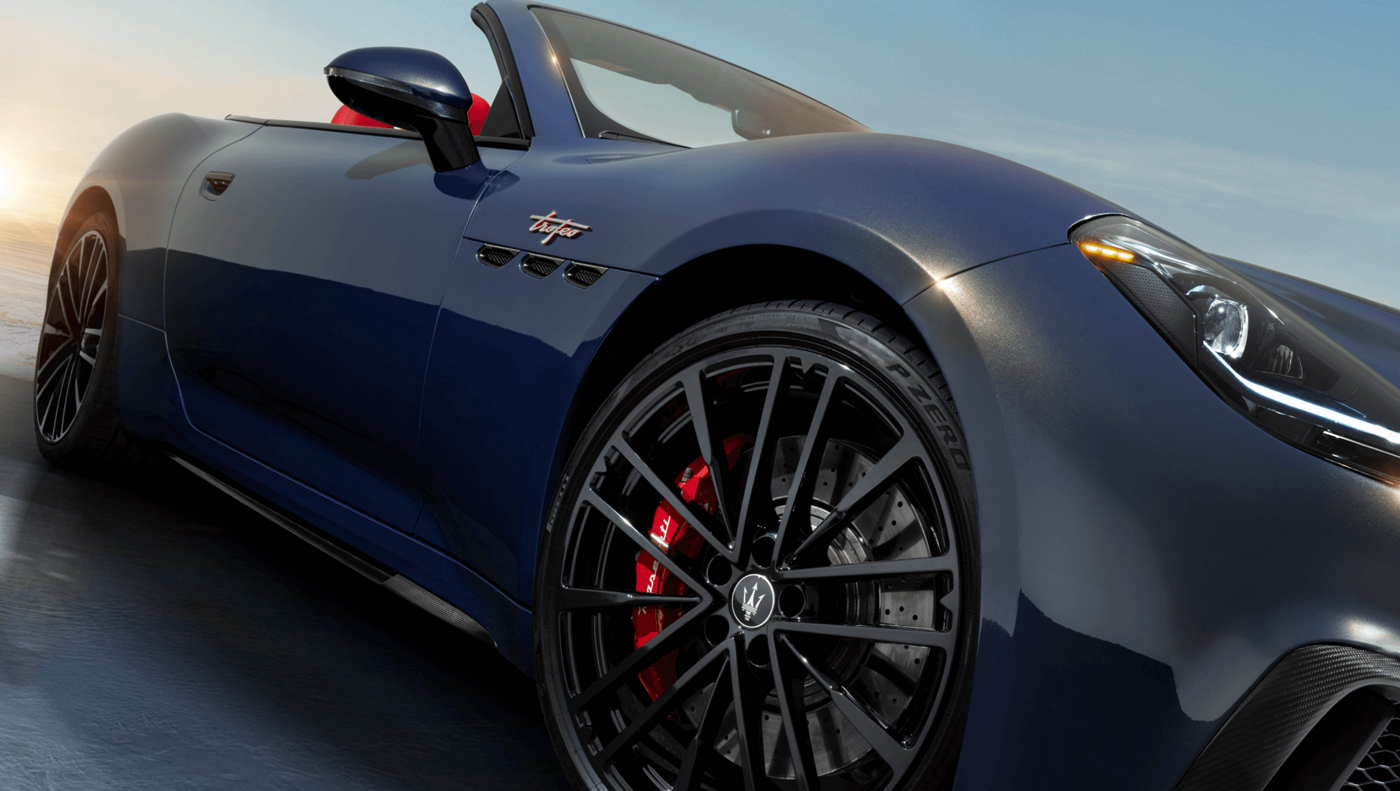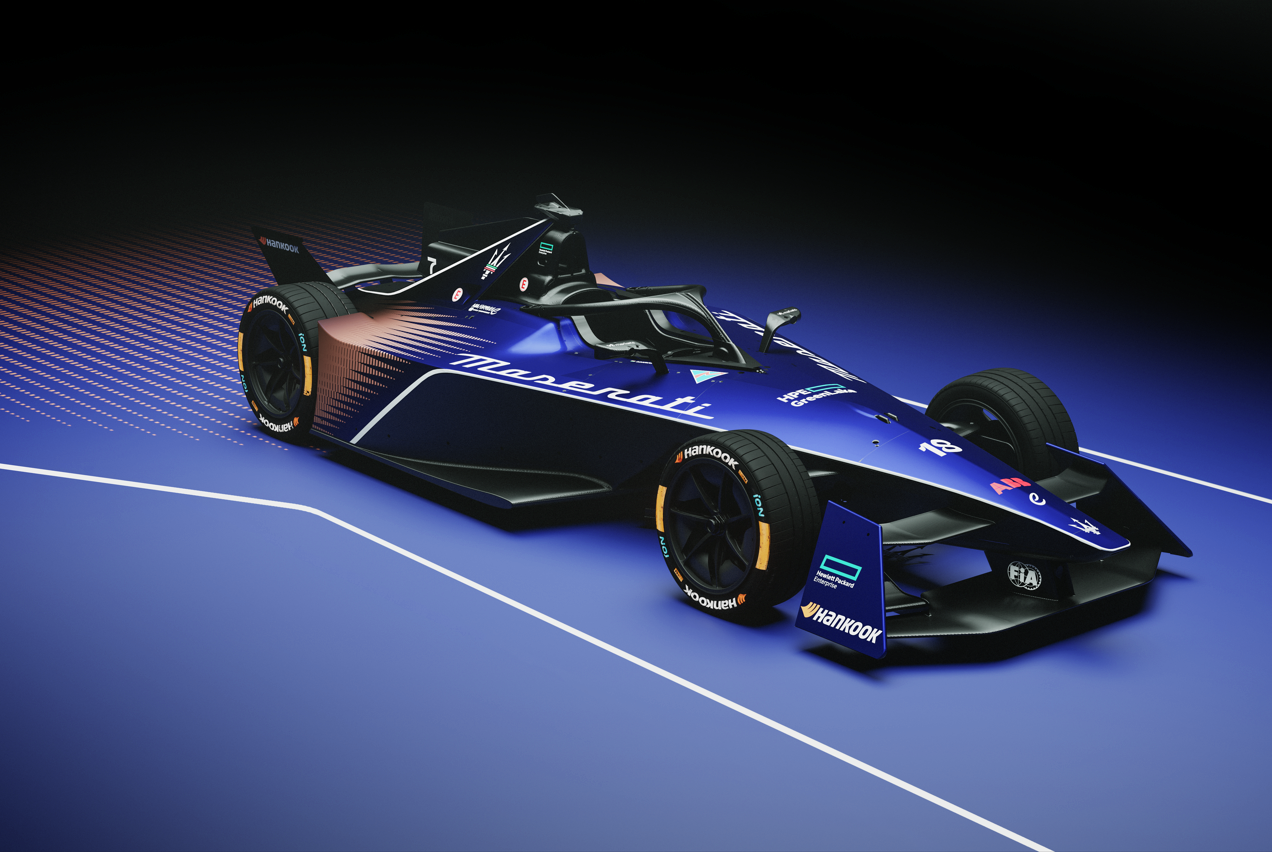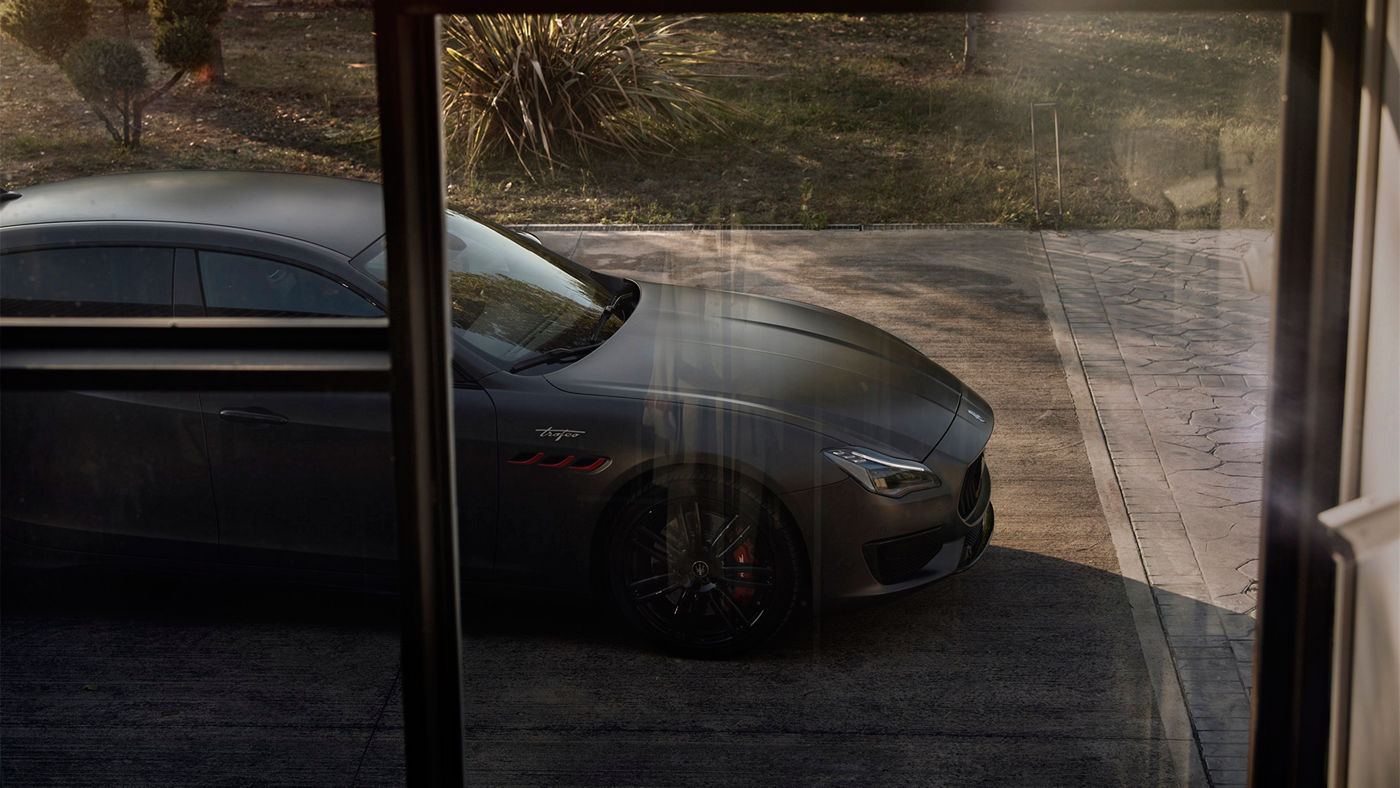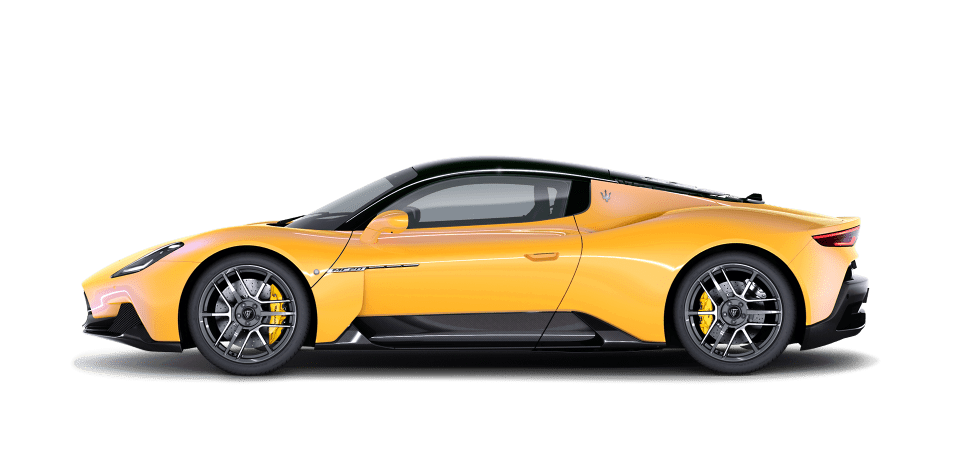VIEW ALL
HYBRID
Grecale
Ghibli
Levante
Quattroporte
GranTurismo
GranCabrio
MC20
MC20 Cielo
Folgore
Fuoriserie
Special Series

Everyday Exceptional
From
$ 899,000
Top Speed
Acceleration
Acceleration
Power




You're Not Like Everyone Else
Top Speed
Acceleration
Acceleration
Power




The Maserati of SUVs
From
$ 1,278,000
Top Speed
Acceleration
Acceleration
Power




An Icon of Italian Elegance
Top Speed
Acceleration
Acceleration
Power




The Others Just Travel
Top Speed
Acceleration
Acceleration
Power




Drive Like the Best Is Yet to Come
Top Speed
Acceleration
Acceleration
Power




The First of Its Kind
From
$ 3,688,000
Top Speed
Acceleration
Acceleration
Power




Beyond the Sky
Top Speed
Acceleration
Acceleration
Power



History
Stories of Audacity
Fuoriserie
Corse
Legacy
Partners
Values
Maserati Heritage
Service and Assistance
Customization
Catalogue
Experience Centre Hong Kong
Service Centre Hong Kong
Current Offer













































